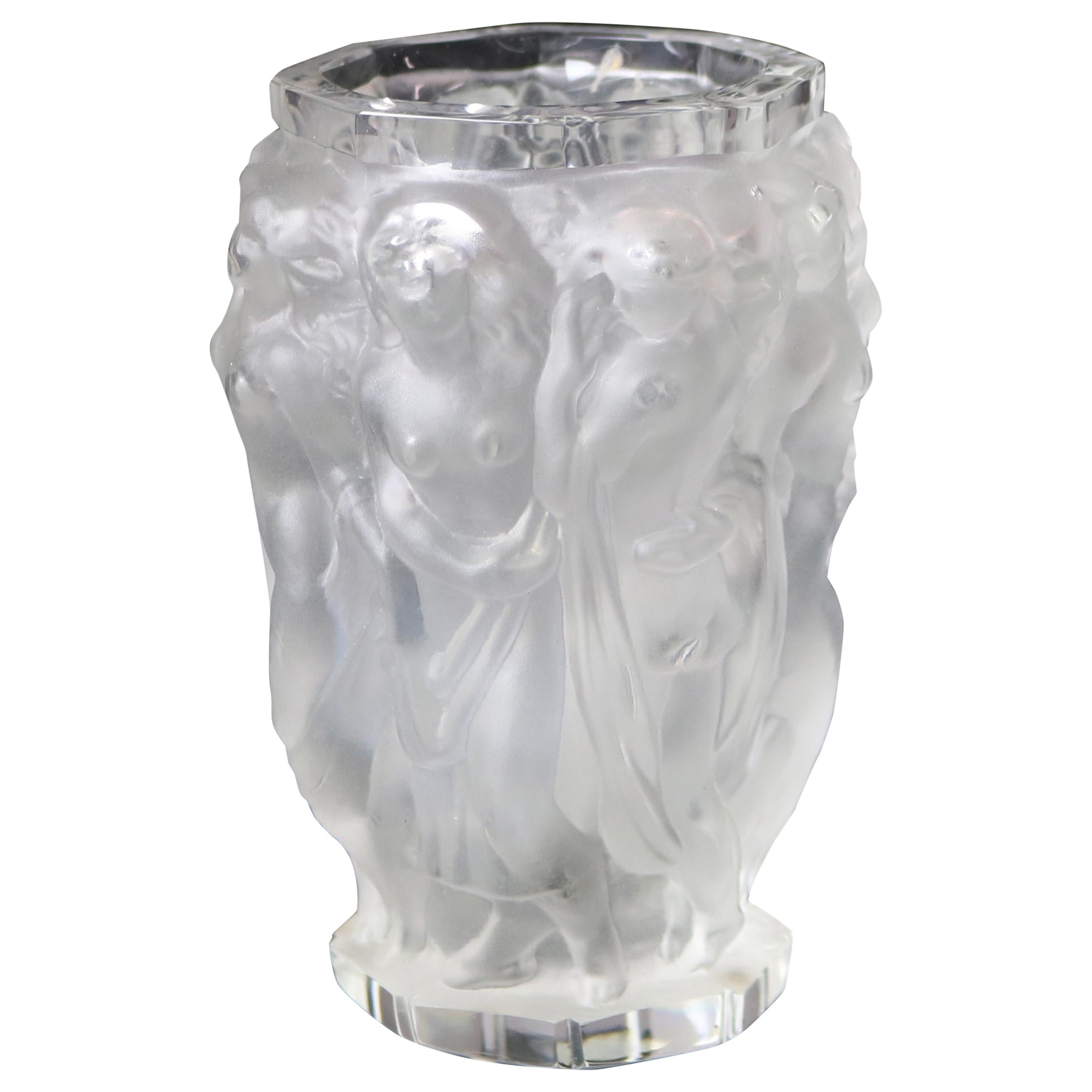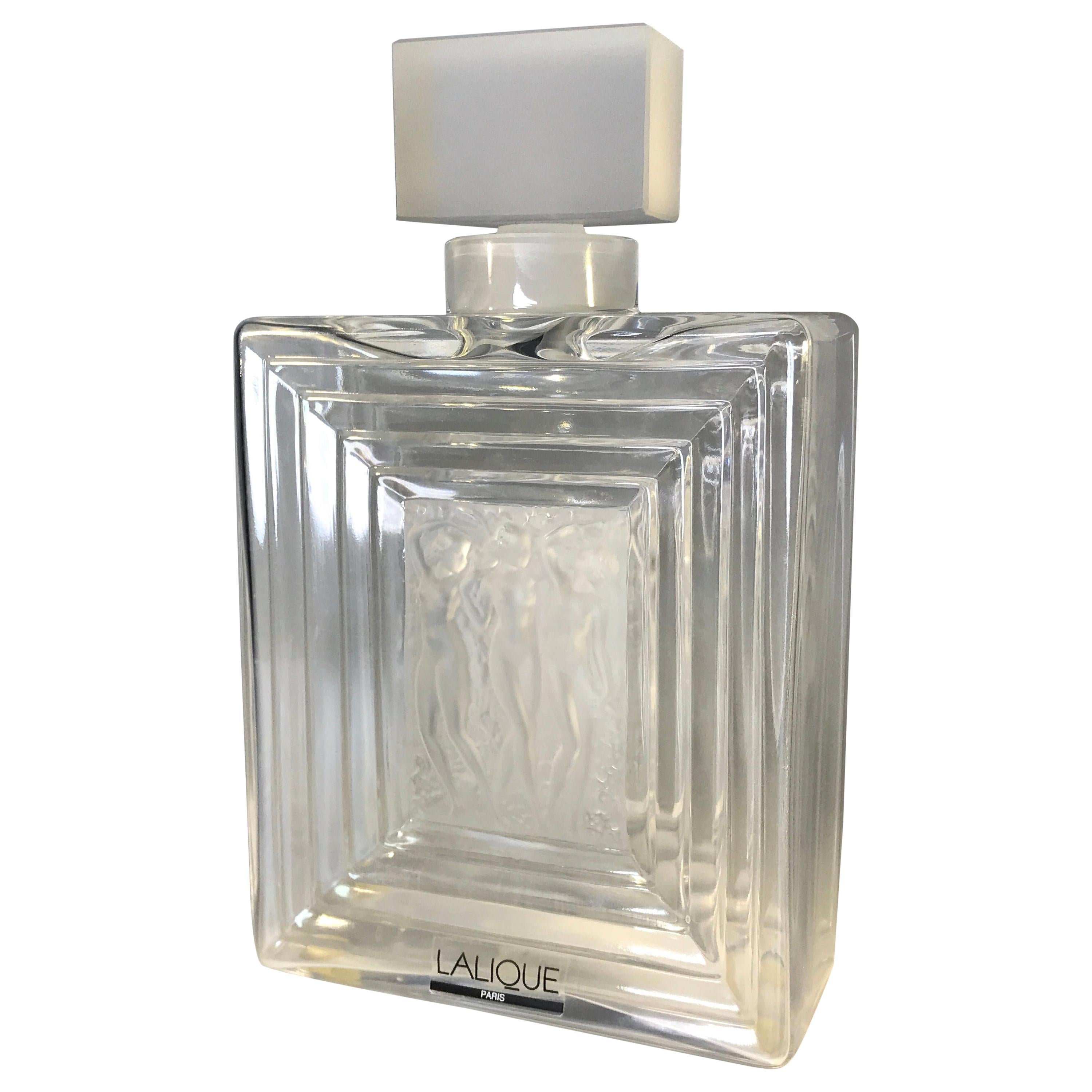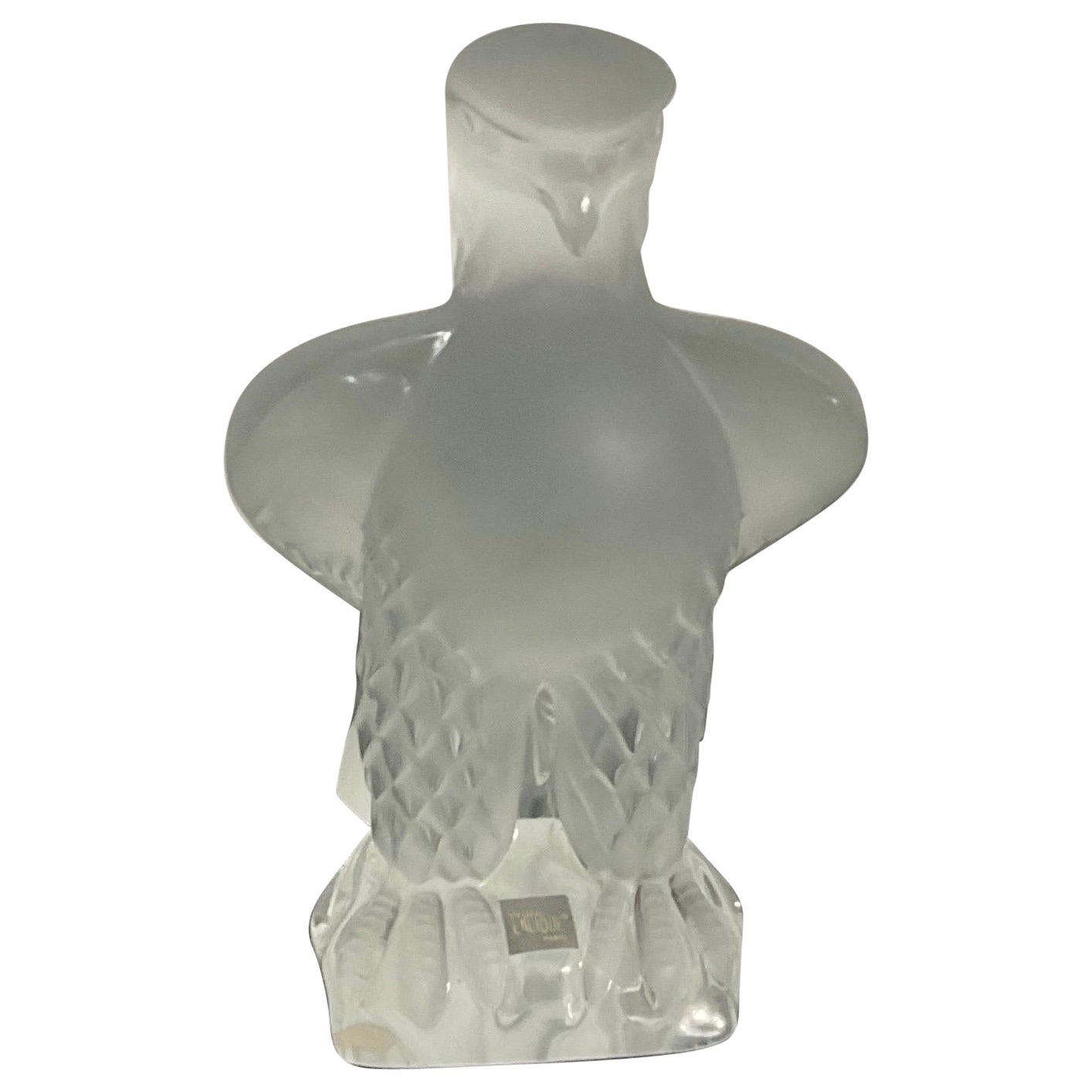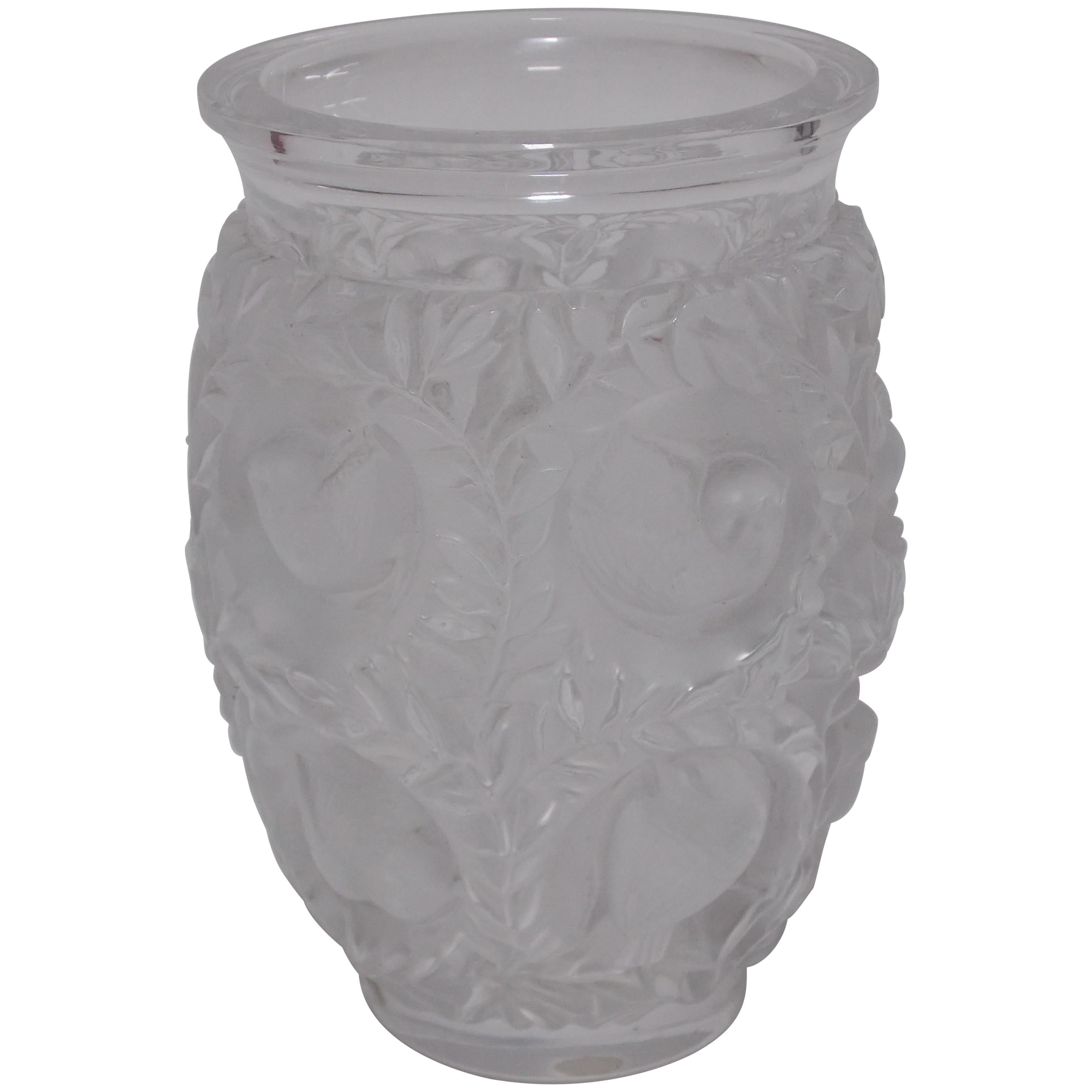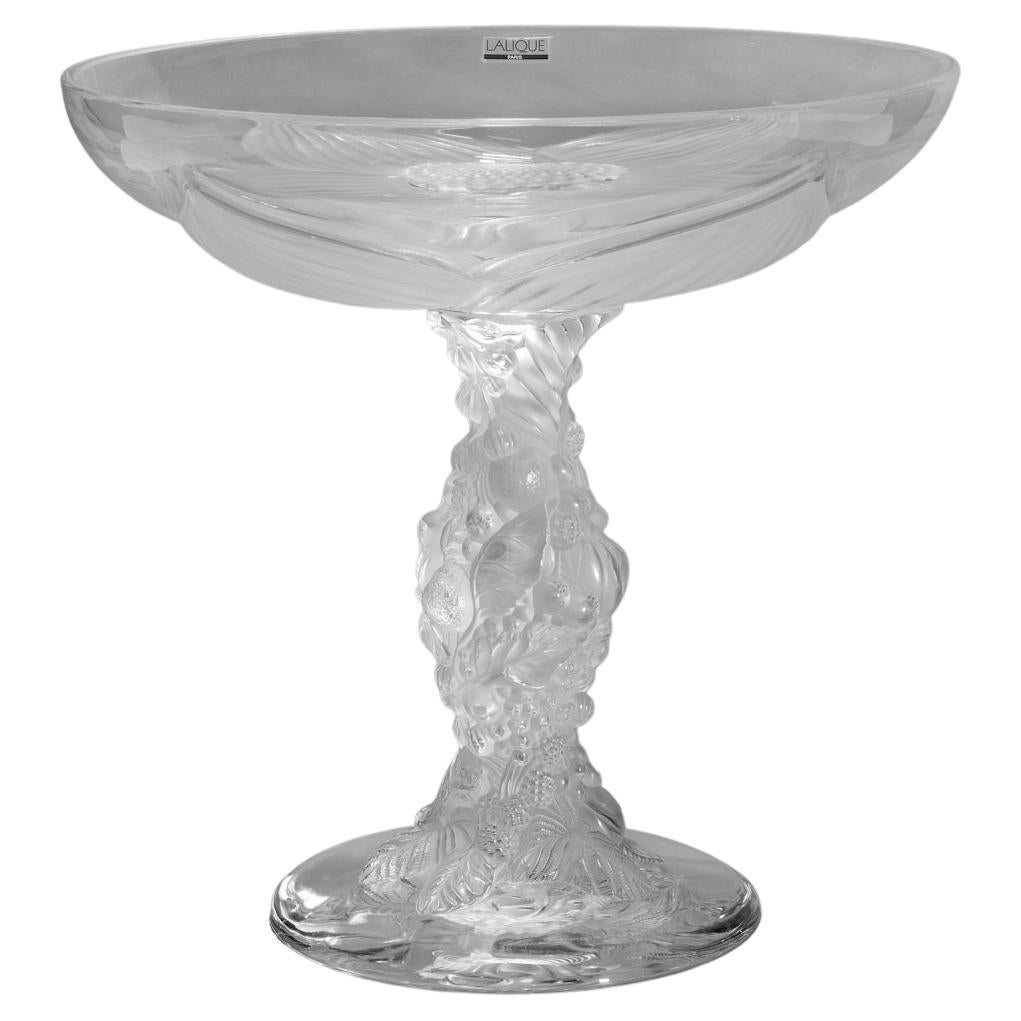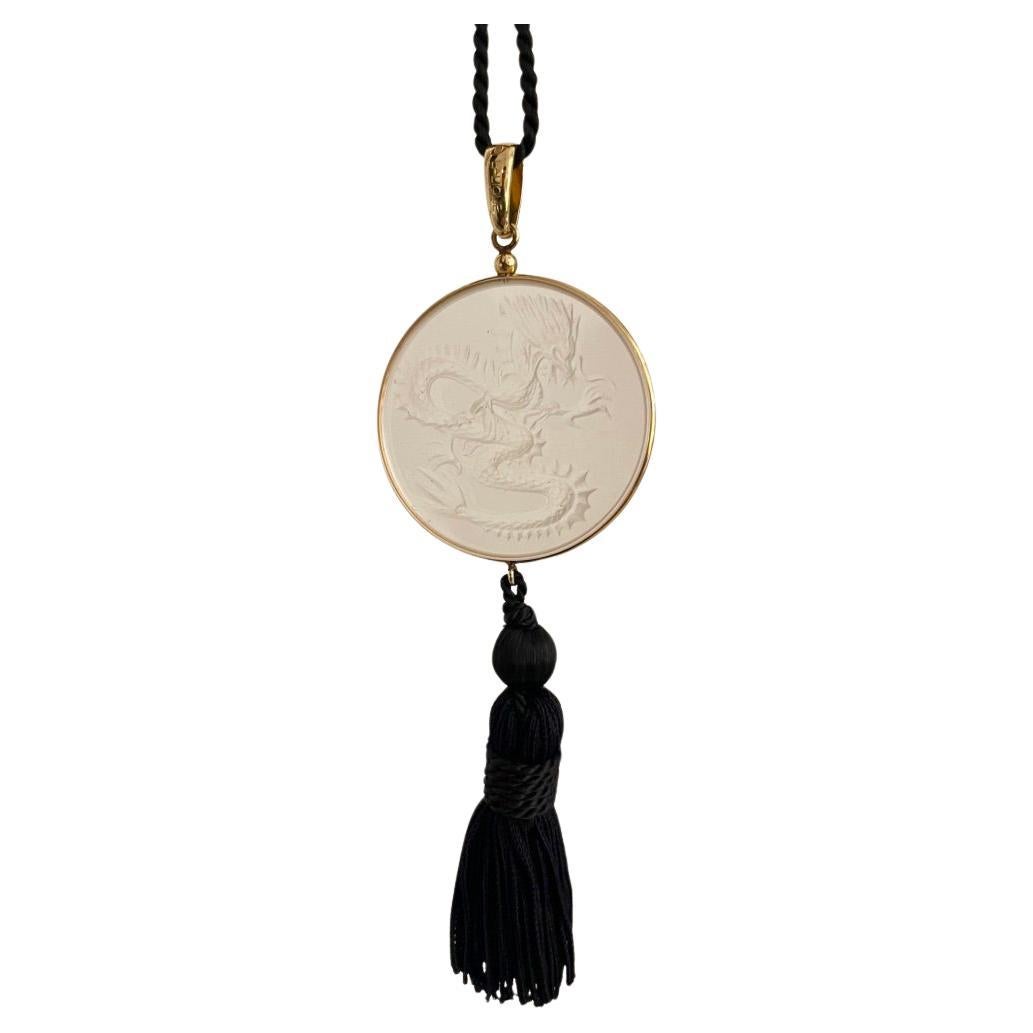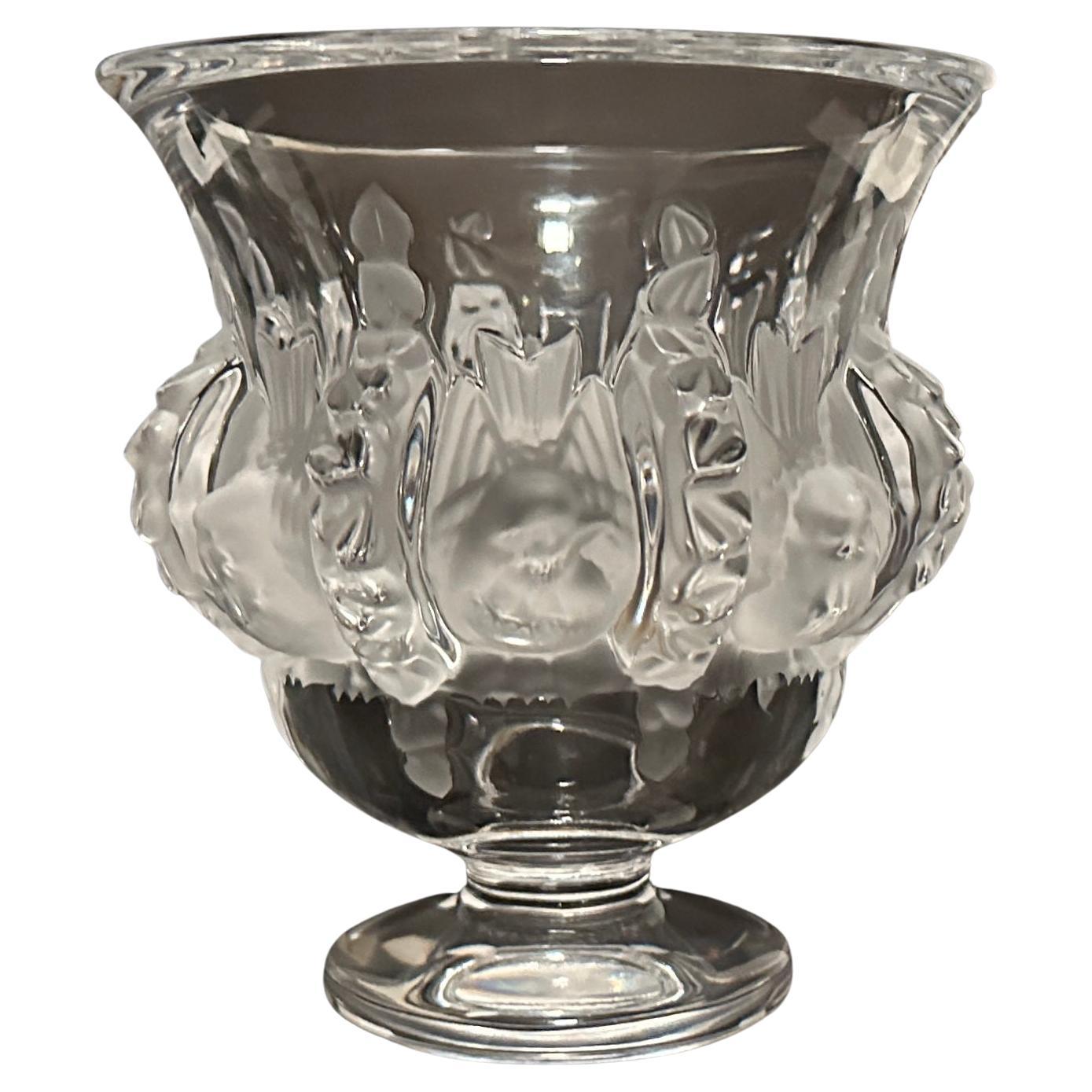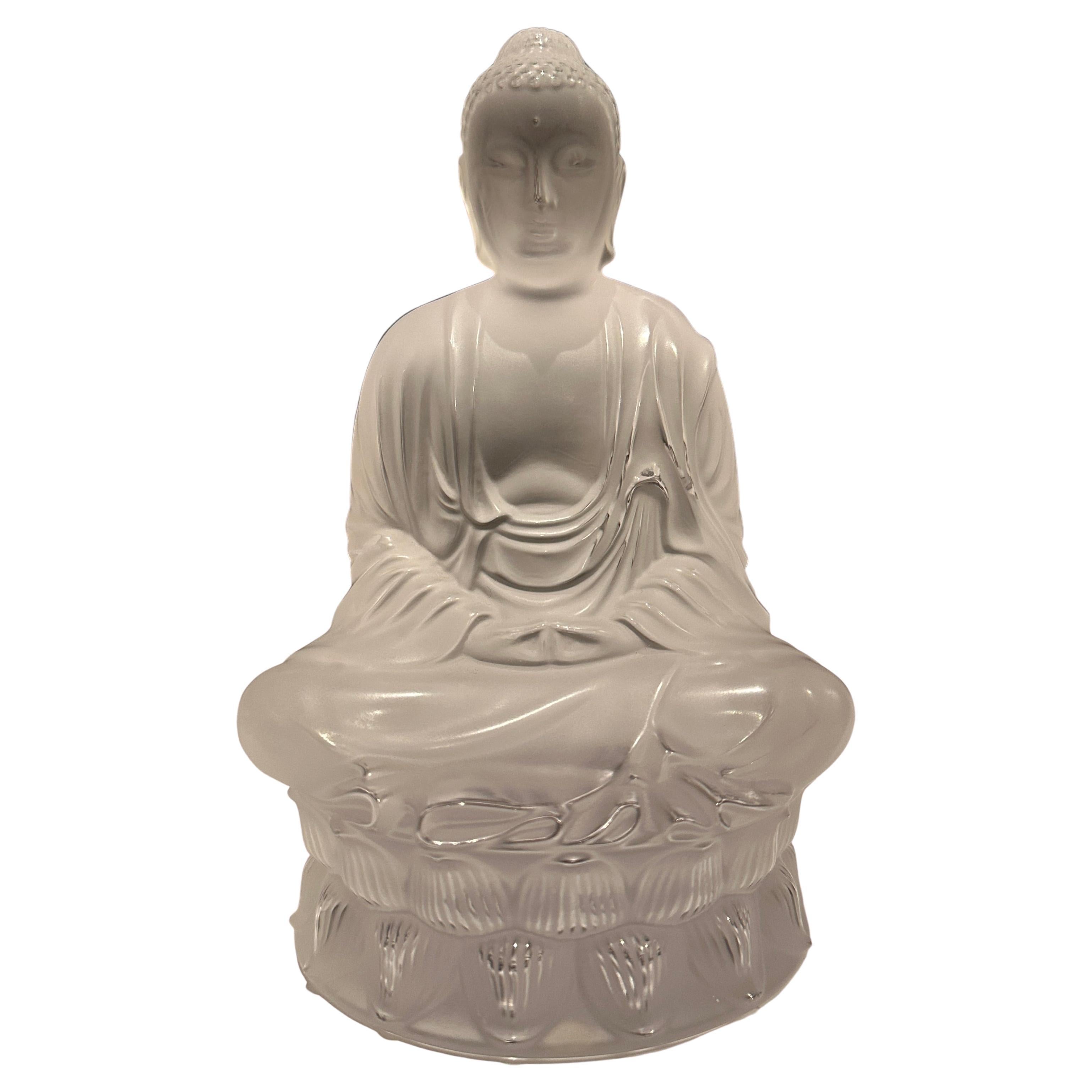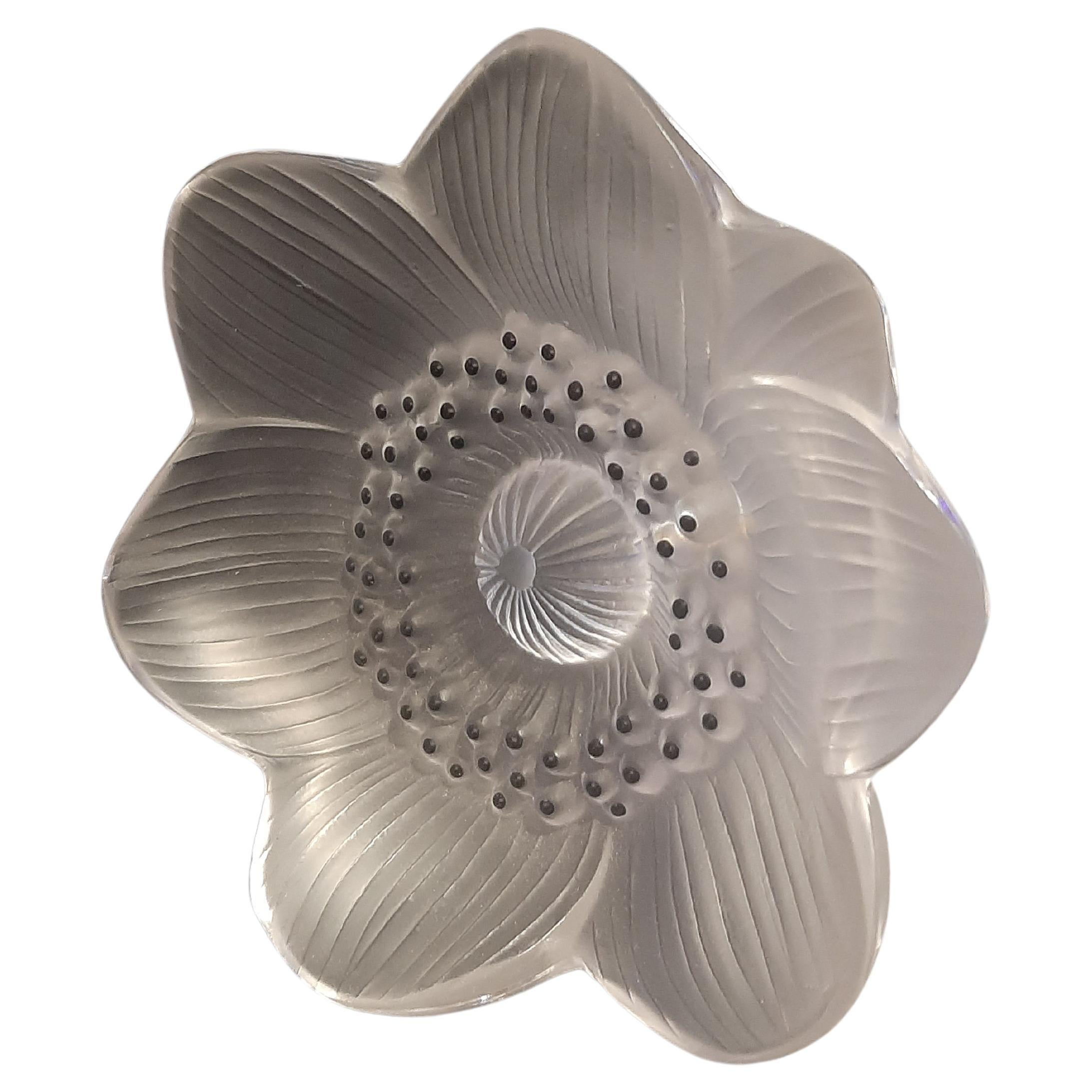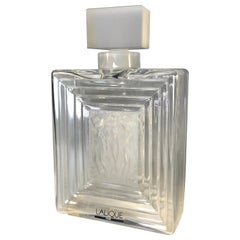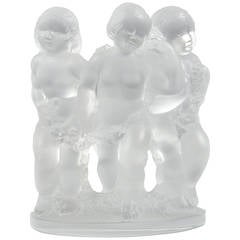
Lalique, Three Graces Cherubs Figure
View Similar Items
Lalique, Three Graces Cherubs Figure
About the Item
- Creator:Lalique (Maker)
- Dimensions:Height: 7.68 in (19.5 cm)Width: 7.29 in (18.5 cm)Depth: 2.76 in (7 cm)
- Period:
- Date of Manufacture:20th Century
- Condition:
- Seller Location:Montreal, CA
- Reference Number:1stDibs: LU106822058272
Lalique
Lalique is a beacon of French opulence in glassmaking and decorative arts, an enduring brand with a history spanning over 130 years and at least three movements in art and design: Art Nouveau, Art Deco and modernism. The firm’s founder, René Lalique, is a celebrated figure in Art Nouveau jewelry, which drew on feminine forms and natural-world themes. Under his masterful leadership, Lalique came to be known for its gorgeous vases, sculptures and glass and crystal serveware.
Rene Laliqué was born in 1860 in Aÿ-en-Champagne, France. As a young man, he apprenticed under Parisian Art Nouveau jeweler Louis Aucoc and studied at L'École nationale supérieure des Arts Décoratifs. Lalique's skill and esteem broadened, and he created jewelry for renowned houses like Cartier and Boucheron. He took over a workshop in Paris in 1885 and opened his own business soon afterward. Not one to follow trends, Lalique gained popularity for his innovative accessories, which merged glass, enamel and ivory — materials that were uncommon in jewelry-making — with semi-precious stones and metals. Lalique’s work gained greater prominence at the 1900 Paris Exhibition, which served as a showcase for his extraordinary designs.
In 1907, Lalique began a revolutionary partnership with French perfumer François Coty. He designed a line of molded glass perfume bottles with frosted surfaces and patterned reliefs. Lalique opened his eponymous glassworks in Combs-La-Ville, Paris, in 1909. His attractive bottles and other pieces were shown at the International Exhibition of Modern Decorative and Industrial Arts in 1925 — the event that brought Art Deco to worldwide attention — catapulting Lalique to new levels of fame. Shortly afterward, in 1927, he created one of his most iconic pieces: the Bacchantes vase. A marvel of glassmaking that convincingly depicted movement, the vase displays his technical skills and artistry.
Lalique began receiving high-profile commissions — in 1929, he decorated the luxurious Côte d’Azur Pullman Express carriages, and in 1935, he designed lighting for the Grand Salon and dining room on the ocean liner SS Normandie.
Lalique died in 1945, and the reins at the company were passed to his son, Marc Lalique. The firm continued to produce its signature glass pieces as well as crystal vases, decor and serveware. Marc's daughter, Marie-Claude Lalique, became CEO in 1977. She renewed the traditional jewelry and fragrance side of the business. In 2008, Lalique was acquired by Art & Fragrance, now known as Lalique Group. It remains a well-regarded lifestyle brand underpinned by a rich history in glassmaking.
On 1stDibs, find vintage Lalique decorative objects, lighting, tables and more.
- French Lalique School Art Deco Figural Art Glass Vase, circa 1920By LaliqueLocated in Big Flats, NYA French Lalique style Art Deco vase offers art glass construction with women in relief, signed FH as photographed, circa 1920. Measures - 5....Category
20th Century Glass
MaterialsArt Glass
$760 Sale Price20% Off - Signed Lalique Art Deco Style Three-Piece Square Centerpiece SetBy LaliqueLocated in Great Barrington, MAThis glamorous signed "Crystal Lalique" three-piece crystal centerpiece or console set features a pair of square base candlesticks w...Category
20th Century French Centerpieces
MaterialsCrystal
- Rene Lalique, Duncan No.2, Three Nudes French Crystal Art Deco Perfume FlaconBy LaliqueLocated in Rothley, LeicestershireInspired by the American dancer Isadora Duncan, Rene Lalique designed a series of Duncan perfume bottles that vary in size according to the number of dancers. This piece is known as...Category
Mid-20th Century French Art Deco Bottles
MaterialsCrystal
- Lalique France EagleBy LaliqueLocated in Catania, ITLalique Liberty Eagle Figurine Large frosted crystal sculpture signed France. René Jules Lalique was a French master glassmaker and jeweller, best k...Category
Vintage 1980s French Glass
MaterialsGlass
$1,427 - Lalique Bagatelle VaseBy LaliqueLocated in West Palm Beach, FLLalique vase, 1970s production.Category
Vintage 1970s French Glass
MaterialsGlass
- "Abundance" Lalique CrystalBy LaliqueLocated in Bloomfield Hills, MI"Abundance" was produced in Circa 2008. This magnificent design was produced in a limited edition of 99, this being number 47. The foot has the etched trademark signature with the copyright symbol: Lalique France. The piece is both clear and frosted silky crystal with a wide shallow footed bowl molded with a flower on the interior and fruit and foliage molded on the baluster. This is a unique and extraordinary Art Nouveau design. It measures 15.125'' H x 15'' Dia. René Lalique’s name is synonymous with French Art Nouveau decorative arts. Born in 1860 he first began designing fine jewelry in Paris in 1881, but pursuing increasingly more innovative experimentation in glass commencing around 1883, he eventually created crystal pieces. Early works used the familiar "lost wax" technique by which the model is made in wax while a mold is formed around the model. Then, the wax is melted and molten glass is poured into the mold. Lalique glass was made in this manner until approximately 1905 at which time the factory was redesigned for a larger production. Without the hand-formed pieces and unique molds, the individual uniqueness of each example of Lalique glass came to an end. The success of this venture resulted in the opening of his own glassworks at Combs-la-Ville in 1909. During the art nouveau period, Lalique was well known for a wide variety of objects including perfume bottles, vases, inkwells, decorative boxes, and bookends. Lalique glass is lead based, either mold blown or pressed. Characteristically the glass is crystal in combination with acid-etched relief. In addition to vases, clocks, automobile mascots...Category
Early 2000s French Glass
MaterialsCrystal
$42,000
